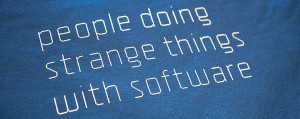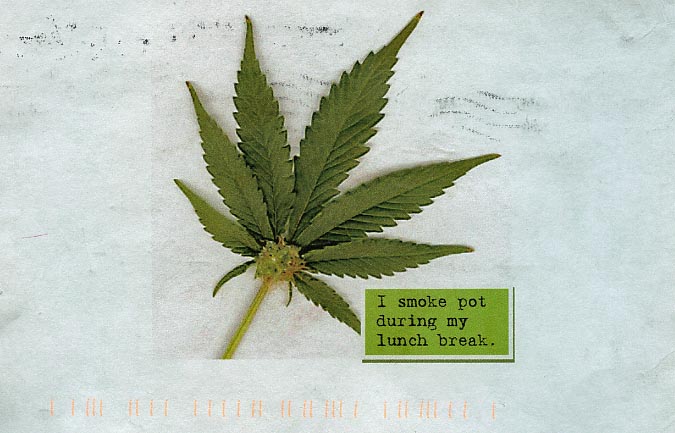The intricate and complex network systems that make up the web do not operate on a purely linear basis; points of interest not just connecting to the next one. Despite the development of methods to organise our online activity, the information available to us through our browser is both constantly available and moving, while the tiniest glimpse of this information is made visible to us through the window that is our device browser. With these problems in mind, the development (and imminent public launch) of an interesting new social media platform, To Be, looks set to make significant progress in the way we categorize our online activity, both structurally and visually.
To Be defines itself as “an internet studio space”. Users, who are encouraged to collaborate, are given a set of expressive and flexible creative tools with which to manipulate almost everything the internet has to offer: a public library of images, gifs, videos, music and whatever else can be accessed and incorporated into a composition, which can also be embellished by your own personal files. These visually rich (and highly personable) online collages are referred to as ‘fields’, and suggests an exciting concept of actually occupying a creative space online. In comparison, being offered a page or a profile with which to express and present your self suddenly doesn’t feel adequate, the restrictive parameters of contemporary social media suddenly becoming all too apparent.

In particular, these fields manage to visually dominate the web browser, allowing for compositions to be fully appreciated and experienced. In terms of information, To Be incorporates a simple link system comprising only of ‘Authors’, ‘Share’ and ‘About’, as well as a one back to the To Be home page, which brings us back to a critical, if not dream-shattering point.
Let’s not forget that these spaces cannot be walked through. Despite a sophisticated zoom and pan system, these ‘fields’ have individual domain names, thus remaining as separate tabs on a web browser, even if the creative area feels expansive. So while To Be succeeds in pushing the limits of the web, its context as confinement within the browser only serves to highlight the restrictions that remain, especially when loaded content buffers or slows down the operating system. The interface between online information and physical, lived experience simply doesn’t allow for the totally immersive experience that To Be is worthy of, but perhaps hardware development can only follow innovations in original online activity systems.
Despite a distributive approach to online interaction and content, choosing a path through the web’s expansive networks still remains necessary, and even To Be have a Twitter and a Tumblr blog, offering information in an easy-to-navigate, horizontal, linear-listed format. The feed/stream as organisational method is incredibly useful; in addition, as Attilia Franchini points out in a recent interview with aqnb, such narrative presentation still stands as a creative (curatorial) act in itself, requiring connected decision-making regarding content. But, by juxtaposing social media systems with that of distributive online networks through a creative platform, To Be allows users to synchronize the separate presences that contemporary culture has inhabited, both physically and virtually. There will always be a place for the linear, but hopefully more natural social media experiences will develop through tech like To Be.
To Be is an online creative network that launches to the public soon.

















